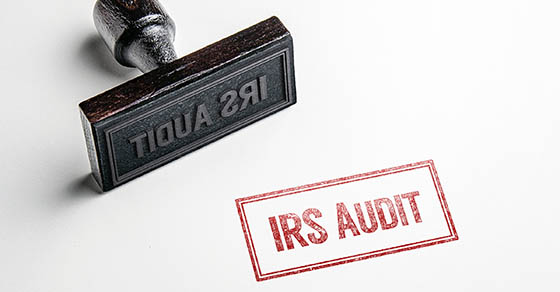Are you starting a business with partners and deciding on the right entity? An S corporation might be the best choice for your new venture.
One benefit of an S corporation
One major advantage of an S corporation over a partnership is that shareholders aren’t personally liable for corporate debts. To ensure this protection, it’s crucial to:
- Adequately finance the corporation,
- Maintain the corporation as a separate entity, and
- Follow state-required formalities (for example, by filing articles of incorporation, adopting bylaws, electing a board of directors and holding organizational meetings).
Handling losses
If you anticipate early losses, an S corporation is more favorable than a C corporation from a tax perspective. Shareholders in a C corporation generally don’t benefit from such losses. However, as an S corporation shareholder, you can deduct your share of losses on your personal tax return, up to your basis in the stock and any loans you made to the entity. Losses exceeding your basis can be carried forward and deducted in the future when there’s sufficient basis.
Profits and taxes
Once the S corporation starts earning profits, the income is taxed directly to you, whether or not it’s distributed. It will be reported on your individual tax return and combined with income from other sources. Your share of the S corporation’s income isn’t subject to self-employment tax, but your wages will be subject to Social Security taxes. If the income qualifies as qualified business income (QBI), you can take the 20% pass-through deduction, subject to various limitations.
Note: The QBI deduction is set to expire after 2025 unless extended by Congress. However, the deduction will likely be extended and maybe even made permanent under the Tax Cuts and Jobs Act extension being negotiated in Congress.
Fringe benefits
If you plan to offer fringe benefits like health and life insurance, be aware that the costs for a more than 2% shareholder are deductible by the entity but taxable to the recipient.
Protecting S status
Be cautious about transferring stock to ineligible shareholders (for example, another corporation, a partnership or a nonresident alien), as this could terminate the S election, making the corporation a taxable entity. To avoid this risk, have each shareholder sign an agreement not to make transfers that would jeopardize the S election. Also, be aware that an S corporation can’t have more than 100 shareholders.
Final steps
Before making your final decision on the entity type, consult with us. We can answer your questions and help you launch your new venture successfully.











